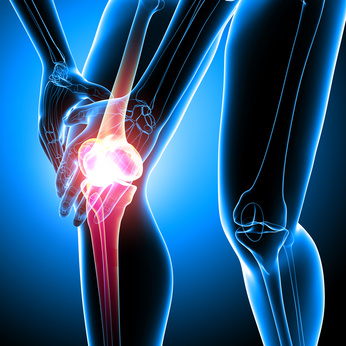
According to the statistics around 80% of runners will pick up an injury at some point throughout the year!
Increased or a change in training or just general overuse can change the forces going through the body and can cause injury. It is key when increasing your training, for example if you have decided to run a marathon, to start slowly and build up the mileage (10% increase per week is advised).
Recovery is also key and should include proper nutrition, adequate rest and active recovery. It is also recommended to mix up your training schedule to include other cardio activities and strength training to both maintain fitness and to give your body a break from running.
Below are some of the most common injuries amongst runners and some tips on how to avoid and treat them.
As always if you aren't sure what injury you may have ensure you seek professional advice before starting any rehab.
Plantar Fasciitis
This is inflammation of the tissue underneath the foot. You may experience more pain in the morning and discomfort can be felt both under the foot and the heel. Overuse, incorrect footwear (hard soled shoes & flip flops are key culprits), and tight calves can all contribute.
Initial treatment is use ice on the affected area, roll a golf ball or rolling pin underneath the foot to help relax the tissue. Stretching and mobilising the calves, and the big toe. Kinesio Taping can help ease pain along with massage (when not in chronic state).
Shin Splints
Acute pain or a stabbing sensation can be felt on the inside of the shin bone caused by inflammation of the muscles and tendons around the shin. Can be caused by overtraining especially on a hard ground.
Ice the area (15/20 minutes) to help reduce the inflammation and elevate the leg where possible. Try to rest as much as possible to give the area a chance to heal. Check your shoes to ensure that they are the right fit for your style of running (gait analysis) and check that they are not too worn. Avoid hills intially when you go back into training to reduce the strain on the front of the leg.
Achilles Tendinitis
Pain at the back of the heel and there can be some swelling around the achilles.
Can be caused by tight calves, improper footwear or increasing mileage too quickly.
Apply the PRICE strategy (Protection, Rest, Ice, Compression, Elevation), ensure you warm up effectively before training to get the blood flow to the area and wear supportive shoes.
Runners Knee (Patellofemoral Pain Syndrome)
Pain can be felt behind or around the knee and is one of the most common complaints amongst runners which is why it is known as "runners knee"!
Constant road running, downhill running and muscle imbalance can all contribute to putting stress through the kneecap.
Kinesio taping can help with pain relief and help stabilise the knee. Rest or a reduction in mileage is advised when in pain.
Try to opt for softer surfaces where possible when in recovery and seek professional advice to assess your muscle movements.
Ankle Sprain
This injury occurs when the ankle rolls inward or outwards putting strain through the ankle ligaments stretching them.
Uneven ground, pavements or an akward landing can all be a hazard.
Initial rest and apply the PRICE protocol and elevate the affected leg to help reduce the swelling.
Light stretching and balance exercises should be introduced after the acute phase. Kinesio taping is useful at all times through the recovery phase; to help reduce pain and provide stability to the ankle joint.
Muscle Strain
When a muscle becomes overstretched whether through overload or excessive force the muscle fibres (and sometimes tendons) can tear. Calf and Hamstring strains are common in runners due to the load being put through these particular muscles.
Forgetting to warm up properly, lack of proper recovery (foam rolling, stretching, massage) or running through an existing injury can put increased strain through muscles.
Ice the affected area and start with gentle stretching before moving on to strengthening exercises.
Ensure you warm up properly before running (include dynamic stretching), recover properly including a good cool down.
Seek advice if you think you have a strain as you will need to rest and start a program of rehab to ensure that the muscles heal effectively.
Tips to help avoid injury!
- Ensure your footwear is not too worn and appropriate for you.
- Cross train - you can still keep your fitness and strength but give your legs a break from the pavement pounding.
- Stick to the 10% rule - Don't increase your mileage by more than 10% each week.
- Make time to warm up and cool down.
- Make sure you factor in Recovery. This is often missed out and can hinder training.
- If you start to feel that you are aching more or feeling any pain ensure that you book an appointment with a therapist to get an assessment to avoid a more serious injury.
Safe Running!
